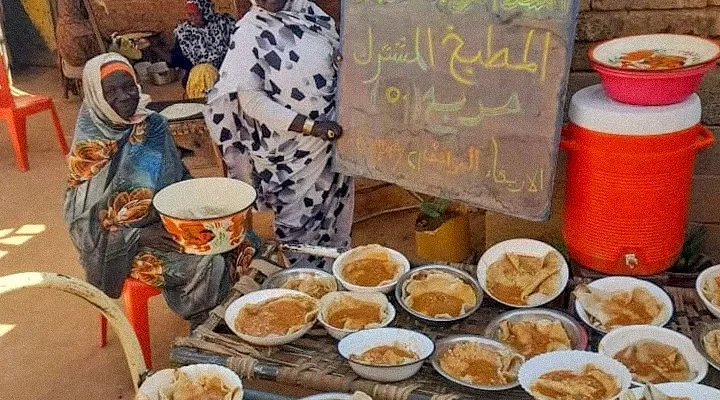When Sudan’s civil war erupted in April 2023, something at once very common and profoundly extraordinary took place.
In the first few weeks of Sudan’s civil war, neighborhoods, mostly in and around Khartoum, began to set up what they called “Emergency Response Rooms.” This is a bit of a misnomer because while some Emergency Response Rooms do provide medical assistance, others are communal kitchens, daycare centers, or provide maternal health services among many other things. In each case, they were created by the community in response to community needs. Many of the organizers of the first Emergency Response Rooms in Sudan were also those who participated in the pro-democracy movement that preceded Sudan’s civil war. They tapped into existing social networks to support the work.
This so-called “mutual aid” happens across cultures and around the world in times of crisis. When catastrophe strikes, neighbors help neighbors. People find ways to take care of themselves and their community the best they can. That’s not new. Rather, what is unique about mutual aid in Sudan is that these Emergency Response Rooms have organized themselves into a coherent network that links very local, neighborhood-level humanitarian responses to international donors. These Emergency Response Rooms provide a way for me, in Denver, to support a local soup kitchen in Darfur while hundreds of trucks of World Food Program aid languish over the border in Chad, unable to cross for logistical or security reasons.
But what is perhaps even more significant about Sudan’s Emergency Response Rooms is that, in the midst of a civil war that is tearing the country apart, they have developed a homegrown system of oversight and democratic governance that may be the one thing that keeps the country together. There are currently over 700 Emergency Response Rooms spread throughout the country, with more coming online every week. They are linked together through a bureaucratic structure that connects hyper-local service delivery to regional and national coordination councils to help oversee and guide the work.
By the numbers, Sudan is the worst humanitarian crisis in the world. The state has mostly disintegrated. In its place is this growing national network of community-based organizations that provide services — healthcare, schooling, food relief, and much more — that would otherwise be the remit of the state. The network of Emergency Response Rooms and the governance structure they have created are at once delivering humanitarian assistance and promoting national cohesion. This is peacebuilding amidst a brutal civil war. Sudan’s Emergency Response Rooms may be the one thing holding the country together as men with guns tear it apart.
I recently spoke with Alsanosi Adam, the external communications coordinator for the national umbrella group that supports the work of over 700 Emergency Response Rooms throughout Sudan. He explains how this system of mutual aid works, why it represents such a departure from more conventional approaches to humanitarian relief and how their governance structure may pave the way for a peaceful, post-conflict order in Sudan.
Our conversation is freely available across all the podcast listening apps. Please follow this link and subscribe (for free!) to the show on Apple Podcasts, Spotify, or wherever you listen. Lastly, while doing my research for this interview, I felt compelled to make a donation. I hope you’ll join me. You can donate directly to Sudan’s Emergency Response Rooms here.
